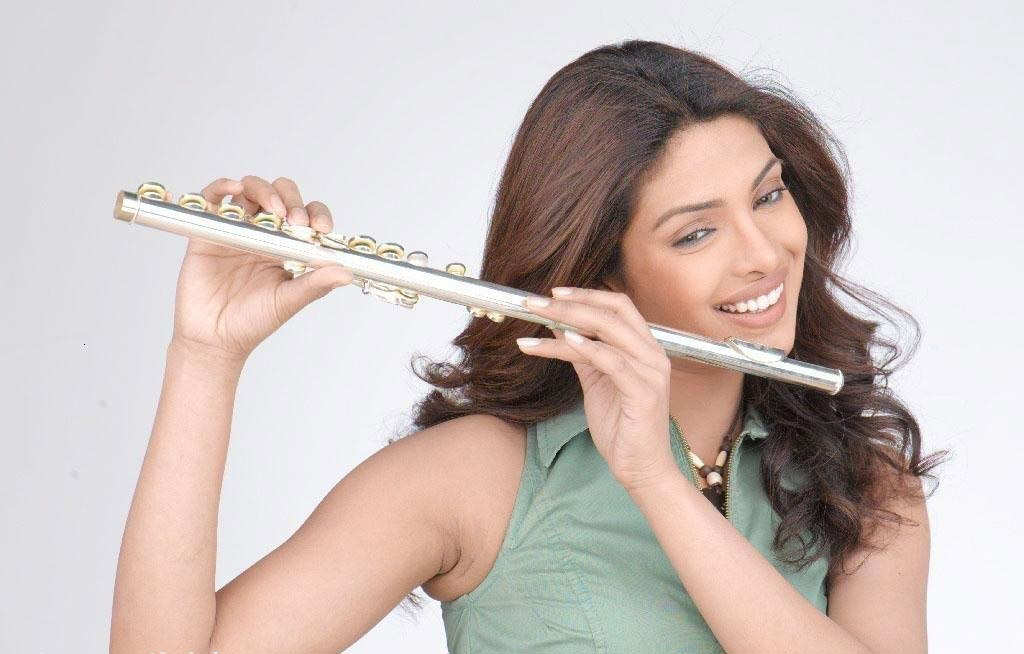What is continuing education? What subspecies is subdivided into? What is the place in the education system established by the law on education, which entered into force in 2013? Who can master continuing education programs? Where can I get this service?
The answers to all these questions and many other interesting and useful information are available to the reader in the article. The bias will be placed on additional education of children and adults, but another subspecies of additional education will be briefly considered.

Place of additional education in the system
Since 2013, a new law on education has been in force in the Russian Federation. The regulatory legal act has made significant changes to the education system. The changes affected the system and add. education. What does she look like now?
What is continuing education? This is primarily a form of education. The same as pre-school education, primary, basic, secondary general education, secondary vocational education, higher education and vocational training.
By law, educational activities are subject to compulsory licensing. An exception can only be the implementation of activities directly, without forming a legal entity and attracting employees to the state. Accordingly, additional education is licensed. It looks like a separate type of education on the form attached to the license. It can be divided into 2 subspecies, but this will be discussed below.
As the name suggests, further education is optional. Its main goal is the diversified satisfaction of the needs of the population in the education of both professional and other.
Currently, state policy is aimed at developing additional education, improving the quality of services provided and ensuring the greatest coverage. The May decrees of the President of the Russian Federation, Vladimir Vladimirovich Putin, set a specific goal - to ensure coverage of minors with additional education of at least 80%.
In addition, private educational institutions of additional education are actively entering the market. Providing services on a reimbursable basis, they feel rather well and are developing.
Educational activity in the field of continuing education is the implementation of additional educational programs. Let's look at what subspecies it consists of.
What subspecies is divided into?
The new law divides additional education into 2 subspecies: additional prof. education and additional education for children and adults. Despite the fact that the names of the subspecies are similar, there are a number of significant differences between them.
Additional prof. education is available only to a limited circle of people, and ext. Education for adults and minors - for all.
Upon completion of training in additional professional programs, documents prescribed by law are required. For further education of adults and children, this statement is only partially true.
Specific requirements are established for the standard term of study for additional professional programs. To programs of additional education for adults and children - no.
Another important difference is the presence or absence of a mandatory final certification, the forms of its implementation.
We consider each of the subspecies in more detail.
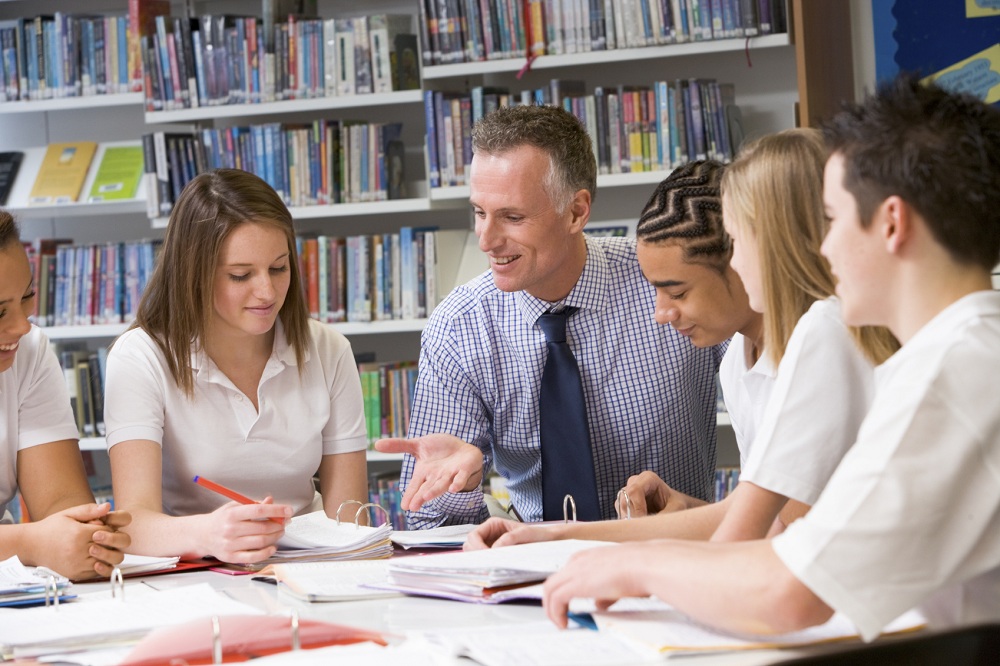
Further professional education
What is additional education in the context of additional prof.education? This is a subspecies of education aimed at improving the qualifications of specialists and professional retraining of specialists in order to master a new qualification. For the development of additional professional programs, documents are necessarily issued - a certificate of advanced training or a diploma of professional retraining.
The key difference and peculiarity of DPO is the presence of secondary or higher professional education before being admitted to the organization. It is also allowed to receive additional professional education at the same time as secondary or higher professional education. For those who do not and do not receive professional education, this subspecies of educational programs is not available.
To carry out activities for the implementation of additional professional programs is entitled only to a legal entity that has this subtype of education in the annex to the license.
An interesting fact: it is not necessary to indicate the address of the place of carrying out activities on subsidiaries in the appendix to the license. Thus, the DPO can be implemented by the organization throughout the territory of the Russian Federation, subject to a number of mandatory requirements.
Let us consider in more detail the advanced training and professional retraining in the framework of vocational education.
Training
Such programs are aimed at improving the skills of an existing specialist. It is understood that qualifications already exist. For example, a history teacher with a degree in higher education and a qualification of “historian, teacher of history” wants to learn how to teach history as part of the GEF. Or there was a need to master the skills of working with children with disabilities. In this case, the specialist takes advanced training courses.
The laws of the regions of the Russian Federation regulating relations in the field of education provide for periodic, but at least 1 time in 3 years, advanced training of teachers of municipal and state organizations.
The minimum regulatory period for the development of such a program is set at 16 hours. The maximum regulatory period is not regulated by law.
If training is carried out on a paid basis, then an education contract must be concluded. This document must meet the requirements for the provision of paid educational services.
Retraining
These programs are aimed at obtaining new qualifications necessary for the implementation of professional activities. Unofficially, this type of program is called the "second" higher education, but this is not entirely true.
For example, a history teacher decided to teach physical education. The existing diploma contains only the qualification "Historian. Teacher of History". Accordingly, he can undergo professional retraining and get a diploma, where the necessary qualification will be indicated - “Physical education teacher”.
The minimum standard period of study here is the limit of 250 hours. Maximum - also not set.
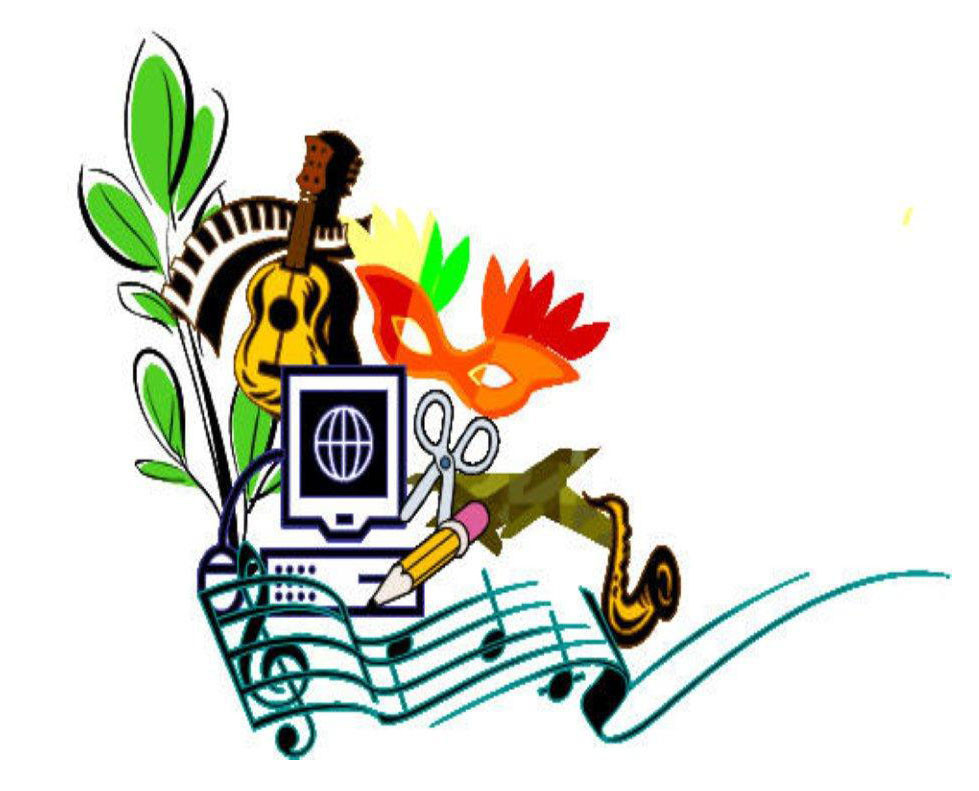
Education for children and adults
So what is additional education for children and adults? A logical question immediately arises: where are the adults? All is correct. The new law provides for this. What programs can adults learn? Anything from a firearms training program to cross-stitching. It depends on the individual educational needs of a particular individual.
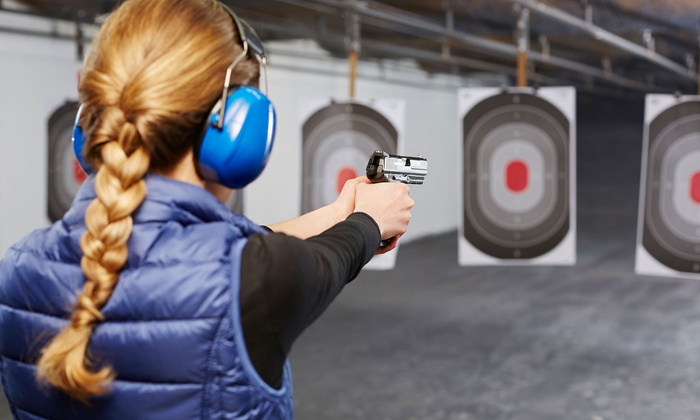
Educational programs of continuing education for adults and children are called general education and are divided into general and pre-vocational.
Consider these programs in more detail.

General developmental programs
These programs are intended for an indefinite number of people, regardless of age, gender, skin color, language and religion.
This may be playing the guitar, football lessons, ballroom dance training, getting to know a personal computer, shooting training and so on. The list is almost limitless.
Preprofessional programs
Such programs can be mastered only by children - persons under the age of 18 years.
Upon completion of training, a document is issued - a certificate of training.
Programs can be conducted both in the field of sports and in the field of art.
The implementation of programs is necessarily carried out in accordance with the Federal State Standard.
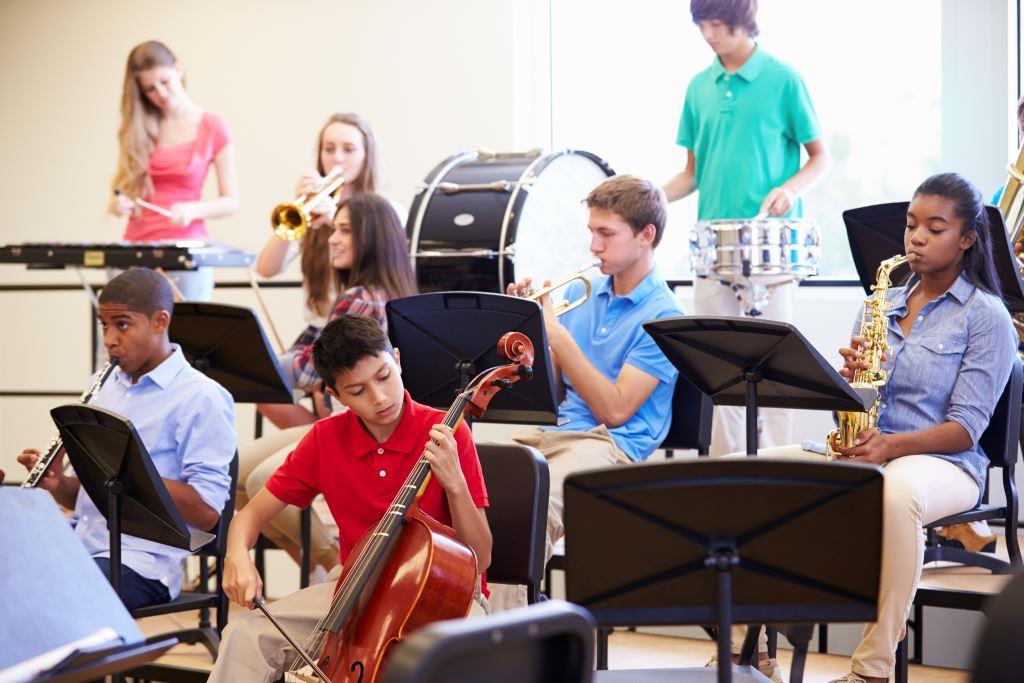
Pre-vocational education in the field of culture
Children's art schools are organizations in which such programs are implemented. In addition, these programs can be implemented by organizations of vocational education and higher professional education, working in the field of arts.
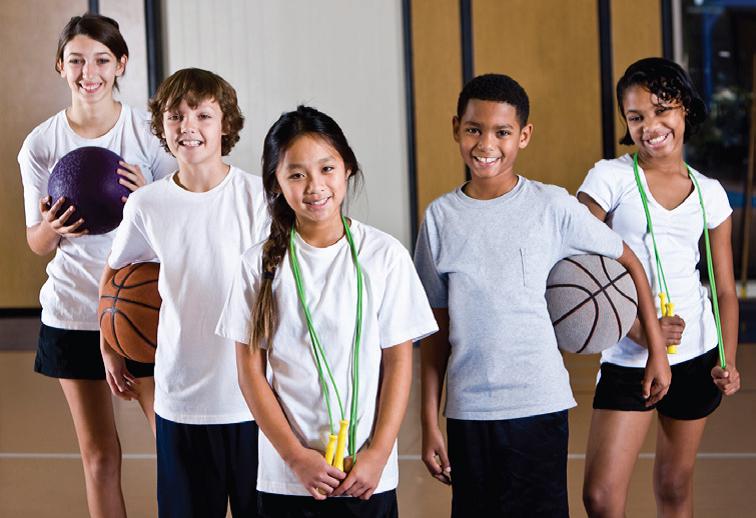
Pre-vocational education in sports and culture
Such programs can be implemented by any organization that has this type of education in its license. However, in 99% of cases, these organizations are children's and youth sports schools.
Focus
The programs of this subspecies have a mandatory attribute - the direction of additional education. What is focus? What areas are provided by applicable law? Previously, this was called the area of continuing education. Now that the regulatory framework has been updated, this is called focus. There are 6 of them: social-pedagogical, physical-sports, artistic, natural-scientific, tourist-regional studies and technical. The directions in which the educational institution of additional education works must be indicated in its charter.
Where to get the service?
The most common option is municipal and state centers of continuing education. Detailed information on the activities of the institution must be posted on its official website.
Additional education can also be obtained at the children's art school and the children's youth sports school.
In a broad sense, additional education for adults and children is a universal type of education and the only one that can be implemented by any licensed organization, regardless of their type and legal form. Thus, these programs are entitled to implement kindergartens, schools (for example, a school preparation program), professional organizations, higher professional education, individual entrepreneurs and other legal entities.
